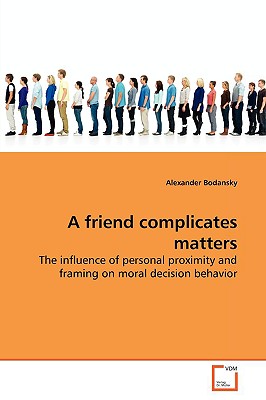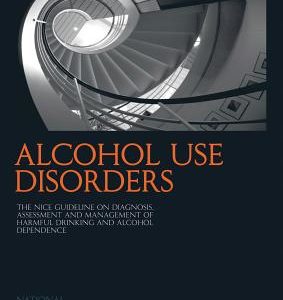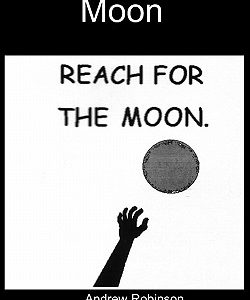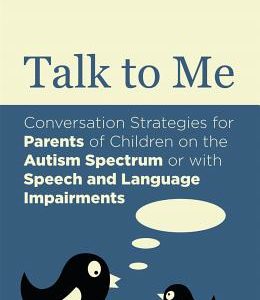Friend Complicates Matters
$61.20
Description
To explain decision behavior by reducing it to utility maximization, as Kahneman and Tversky (2000) do, or to intuitive behavior, as Gigerenzer (1996) does, is to risk oversimplification. There is no single definition of rational decision behavior. The context defines what decision behavior can be evaluated as rational. In the context of morality, subjects base their decision behavior on four different ethical positions: deontology, hedonism, intuitionism and utilitarianism. In this article the classical Asian disease problem (ADP), used by Kahneman and Tversky (1981) to show the framing effect, is understood as a moral dilemma. To reach a decision, subjects relied to varying degrees on all four ethical positions. Variation of the ADPs personal proximity influenced subjects’ decision behavior, leading to the disappearance of the framing effect, and changing the extent of subjects’ reliance on the four ethical positions.
Author: Bodansky, Alexander
Topic: Psychology
Media: Book
ISBN: 3639177703
Language: English
Pages: 56
Additional information
| Weight | 0.21 lbs |
|---|---|
| Dimensions | 9 × 6 × 0.13 in |















Reviews
There are no reviews yet.